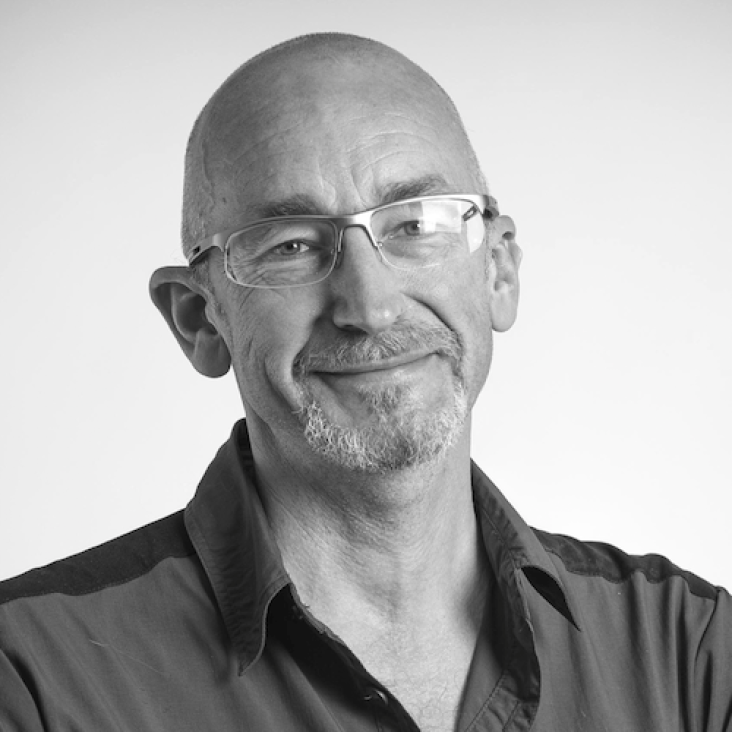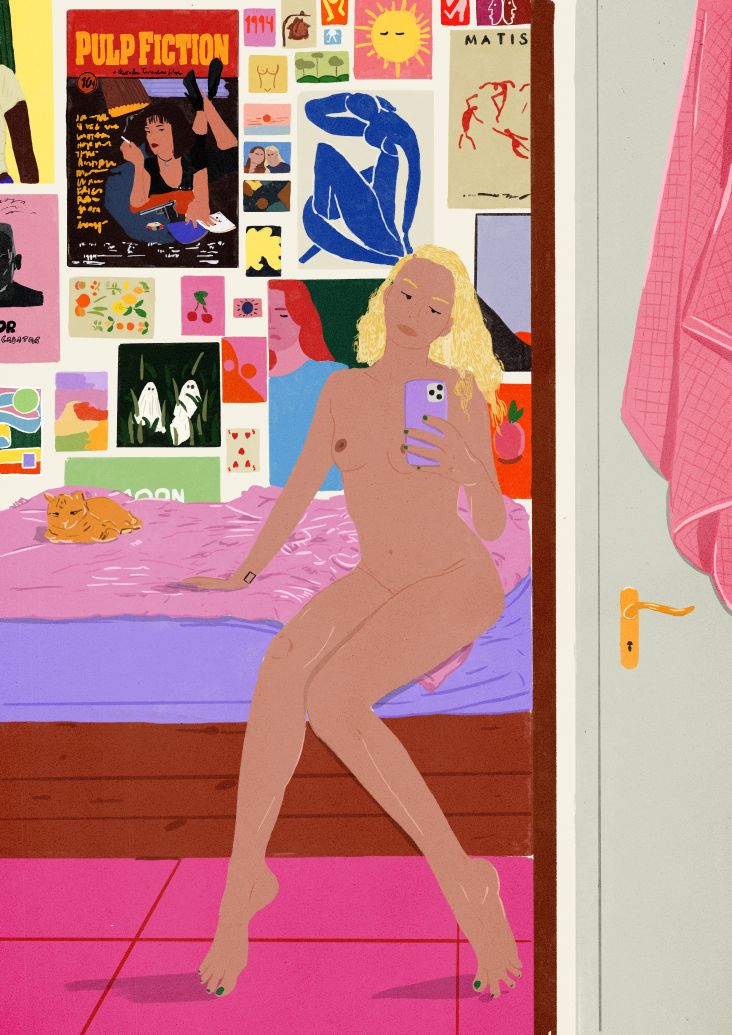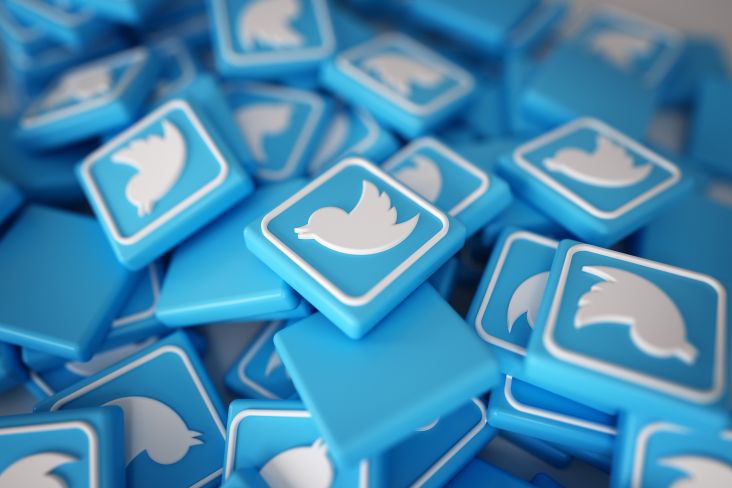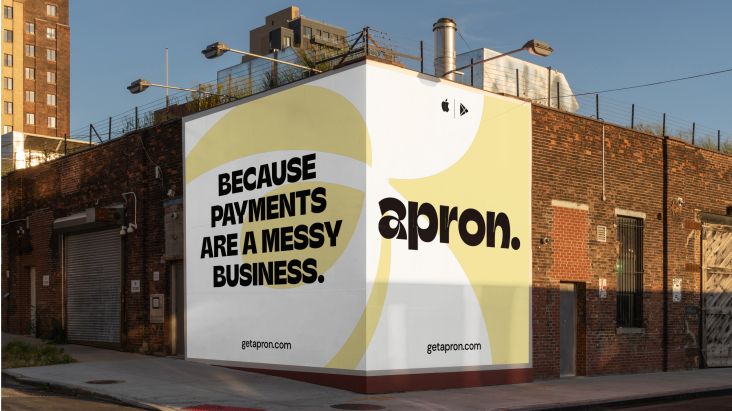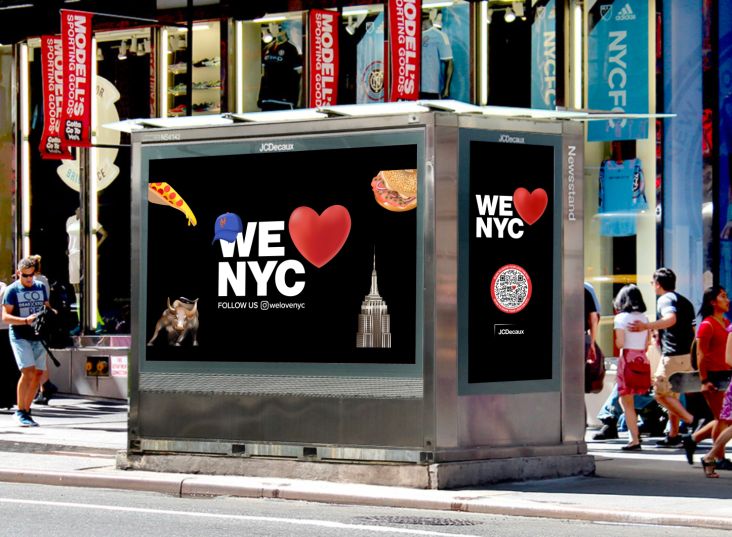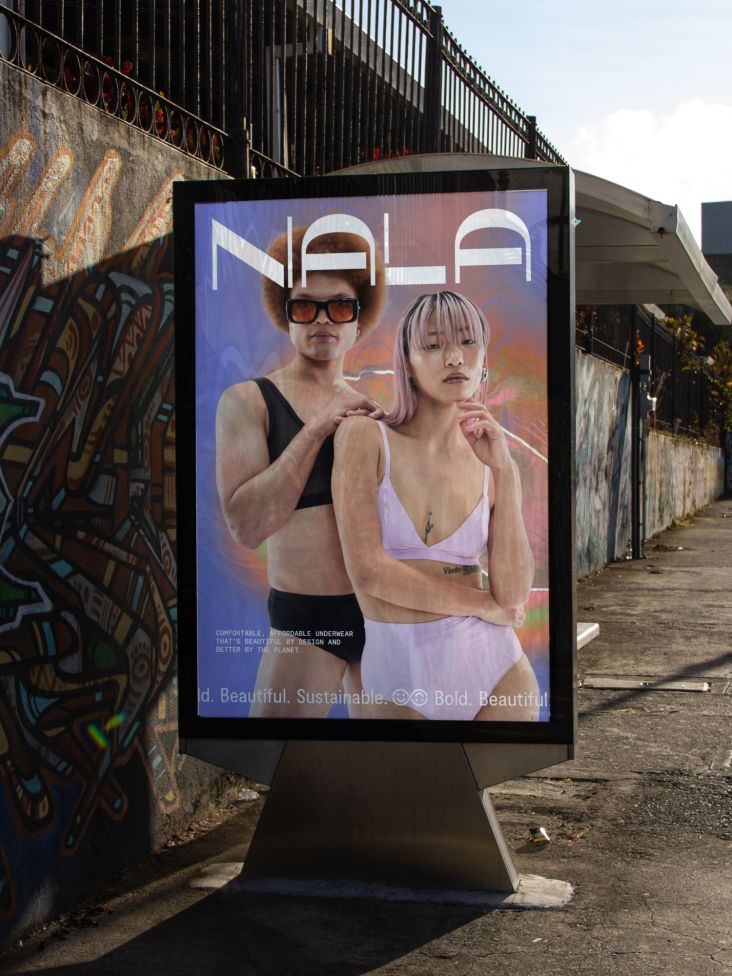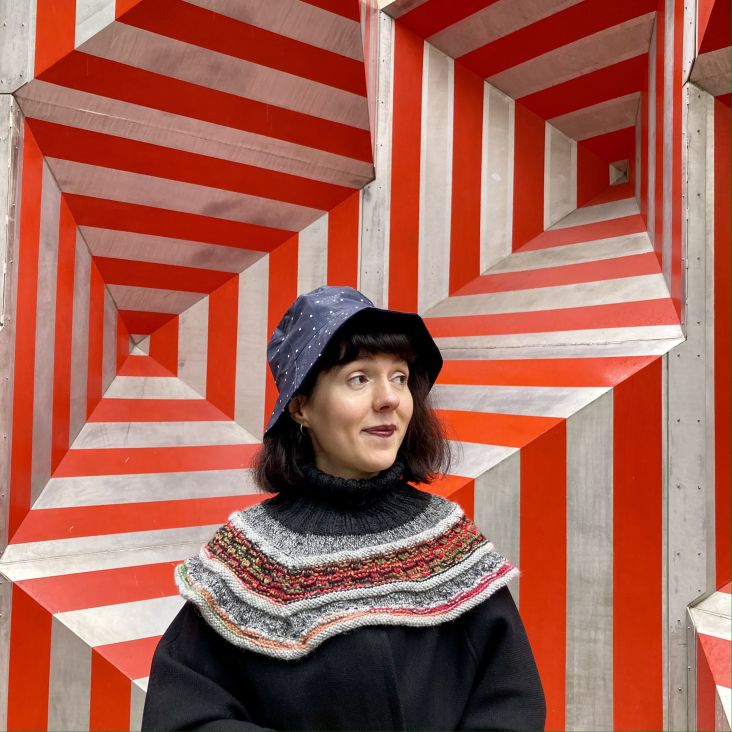'Weirder, more human, less serious': 9 creatives share their vision for the future of creativity
Last week in Barcelona, hundreds of creatives gathered at OFFF for three days of events exploring design, art, and culture. Creative Boom spoke to some of this year's featured speakers.
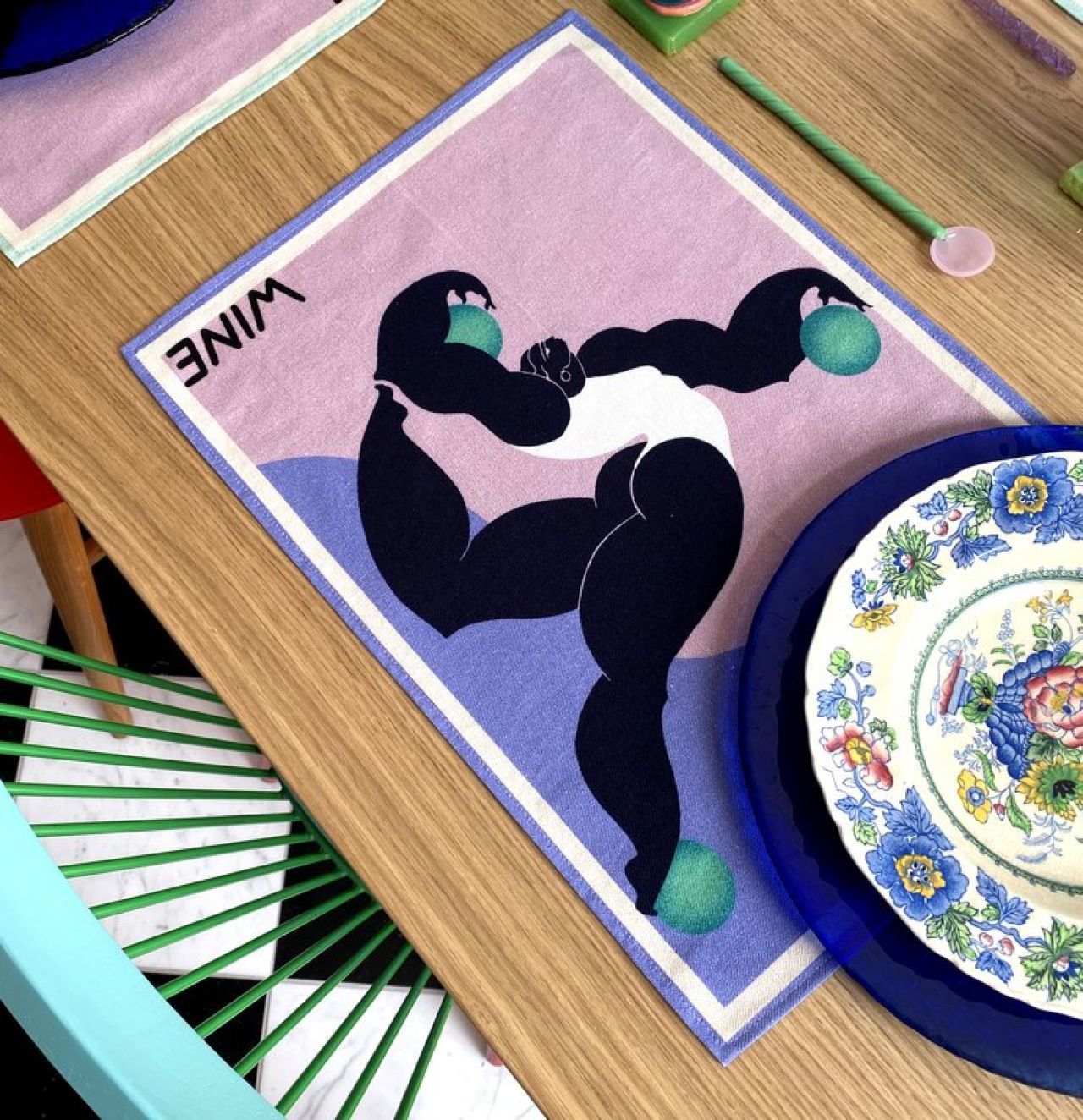
Kelly Anna
The OFFF Festival in Barcelona brought together some of the leading voices of the creative industry who set the trends of new imagery and aesthetics in the fields of design, art, entertainment and post-digital culture.
Some of those leading voices and trend-setters sat down with us to share their vision for the future of the creative industries. They mused about the evolving role of AI in the creative process, advocated for an increasingly diverse workforce, and reflected on getting back to the basics of creative expression. Here's what they had to say.
Gender parity is the future of creativity
London-based artist Kelly Anna, who will share the ups and downs of her own career journey with OFFF audiences, wants to see a more accessible creative future for women. "I generally hope that the support for all women and especially mothers will be prioritised so more of them will be able to stay and thrive in the creative industries."
Clayton Welham, creative director at Found Studio, echoed Kelly Anna's sentiments: "I'd like to see more balance in the design industry. We, as a studio, would like to see an increased representation of female designers addressed in the next year, let alone the next five or ten years. Big efforts are underway, but we're not there as an industry yet."
StudioDBD founder David Sedgwick said it's not just gender parity the creative industries will have to answer for in the future; inclusivity across the board has to be an industry-wide priority. "We have a long way to go before the industry is more inclusive. It's still very much a white, middle-class, male-dominated arena, and I say that very much as part of the problem," Sedgwick told Creative Boom. "I hope that work continues in order to engage with, and include, a wider range of people from all backgrounds as this can only help the industry as a whole. We all need to play a part in that as well."
Studio DBD
AI is here to stay, but the future of creativity still depends on human ingenuity
Advances in AI are unsurprisingly top of mind for most creatives trying to imagine the future of their work. Most of the creative minds at OFFF seem to agree that the next five years will be about finding ways to make AI work in service of human creativity.
Lawrence Jones, creative director for Framestore, anticipates we'll see "greater integration of AI and machine learning in the creative process, helping artists and designers to automate routine tasks, freeing them up to accelerate the generation of new ideas.
Found Studio's Clayton Welham agreed, suggesting that discovering the nuance of AI-creative partnership will be a major theme in the working lives of artists and designers in the coming years. Welham told Creative Boom: "With all the talk of automation, AI assistance, and tools that cut corners and make us more efficient on a day-to-day basis – I think it's important that we continually reflect on the fundamentals of our practice and our industry. We have to embrace the new, but I feel strongly that we have to do so with our own ideas in hand and with respect for the craft aspect of our work. It will ensure any advancements remain rich, surprising and engaging and avoid becoming formulaic, predictable and machine-made."
David Sedgwick, meanwhile, remains wary but ultimately cautiously optimistic about what AI can do in the right hands – or when partnered with the right brain. He said: "I just hope that there's still room for ideas and concepts and that the role of AI doesn't leave us all totally redundant. As things currently stand, I still feel we have a big role to play in the way we use AI in our jobs, and we mustn't confuse AI as a tool to help us work better or quicker with the best tool we will always have, which is our brain."
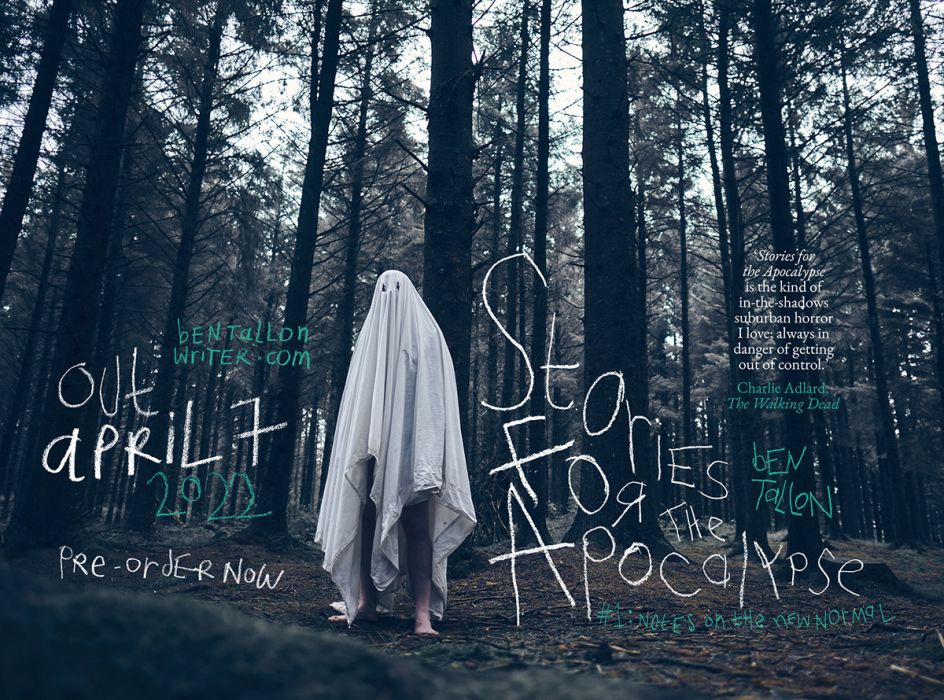
Ben Tallon
Creatives also need to stay on top of, and curious about, other tech advancements
Framestore's Lawrence Jones is also betting on other technological innovations playing a crucial role in the evolving roles of creative professionals. He told Creative Boom that he expects the next few years will bring about "advancements in 3D printing technology enabling artists and designers to inexpensively create more complex and intricate designs, sculptures, and products."
Beyond that, Jones is also keenly following the "invention and use of new types of input devices like neural interfaces and brain-computer interfaces in creating art forms such as motion design and VFX, allowing artists to create works that reflect their thoughts and emotions."
But amidst all this new tech, don't forget the basic building blocks of why creativity matters
Chris Grudzinski of Ars Thanea shared that his hope for the future of creativity was to go back to the basics – at least in attitude.
He told Creative Boom that while adapting to new tech is part and parcel of the job, he hopes in the future, creative professionals can simplify the technical aspect of the work and refocus on art, creativity, and problem-solving.
"People are worried about our profession's future, and it will change," said Grudzinski. "But constant adaptation, dealing with new issues is, in fact, part of it, so we get used to them.
The author and designer James Victore also wants a future where creatives can refocus on elevating themselves through what they do best. His idea of an improved future for creativity means embracing the inherent leadership in creative roles. He told Creative Boom that he wants to see a change in the "creative perspective – how we, as creators, see ourselves as leaders and not as hired 'help'."
Open-mindedness, open-heartedness, and human connection are essential for creatives now and in the future
Illustrator and hand-letterer Ben Tallon has a lofty but heartfelt vision for the future of creativity: "I'd lack to see all judgment stripped away," he said. "Our collective voice is powerful, but it must speak to all, especially those we might deem to be the polar opposite of us."
Tallon advocated for open-mindedness and open-heartedness, making the point that creativity is uniquely placed to unify people through meaningful connection – something we desperately need more of in the future. For him, OFFF represents an opportunity to start prioritising those connections. Tallon said: "Our industry is built on a passion for positive change, playful energy, and love of humanity, and it can either be a tonic for world problems or a scream in the echo chamber. We have to get back out of our bedrooms and Zoom rooms – these places are great, and I spend time in them, but we are social creatures by nature, so I'd like to see the return of everything that makes OFFF great on a wider scale."

OFFF
Ars Thanea's Zoe Miklis also envisions a creative future more connected than we have today. For her, the answer to technical advancement is the creation of equally innovative creative advancement – and that only comes when bright minds get together. "I'm honestly looking forward to more creative collaborations. Where people join together in their creative power to create something that connects different aesthetics and personal experiences, which can result in something unique enough that people will discuss it as passionately as AI."
Play must always be a part of creative work
At the end of the day, all of the designers and artists who shared their vision for the future of creativity expressed a hunger for a future that makes more space for the joy, curiosity, and surprise that makes creative work worthwhile: a value that the OFFF Festival celebrates every year.
The artist Gemma O'Brien summed up a collective vision for the future of creativity best, telling Creative Boom: "I hope everything gets weirder, more human and less serious."





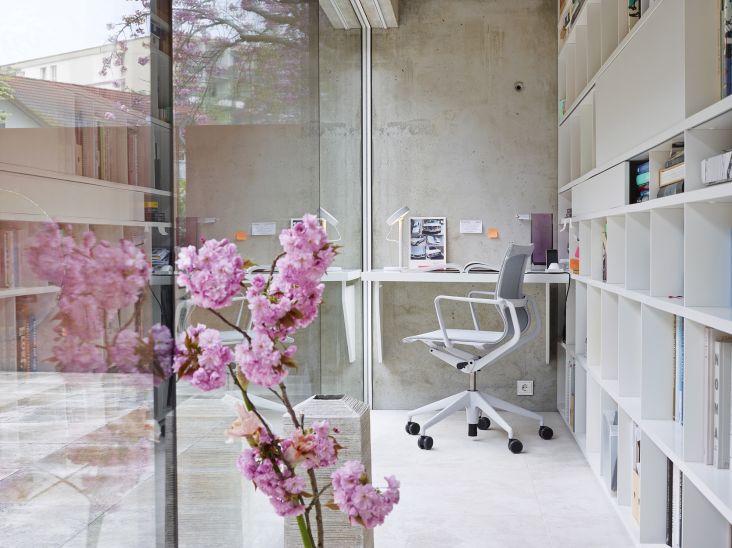
 using <a href="https://www.ohnotype.co/fonts/obviously" target="_blank">Obviously</a> by Oh No Type Co., Art Director, Brand & Creative—Spotify](https://www.creativeboom.com/upload/articles/6e/6ed31eddc26fa563f213fc76d6993dab9231ffe4_732.jpg)
 by Tüpokompanii](https://www.creativeboom.com/upload/articles/58/58684538770fb5b428dc1882f7a732f153500153_732.jpg)







